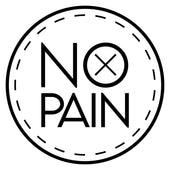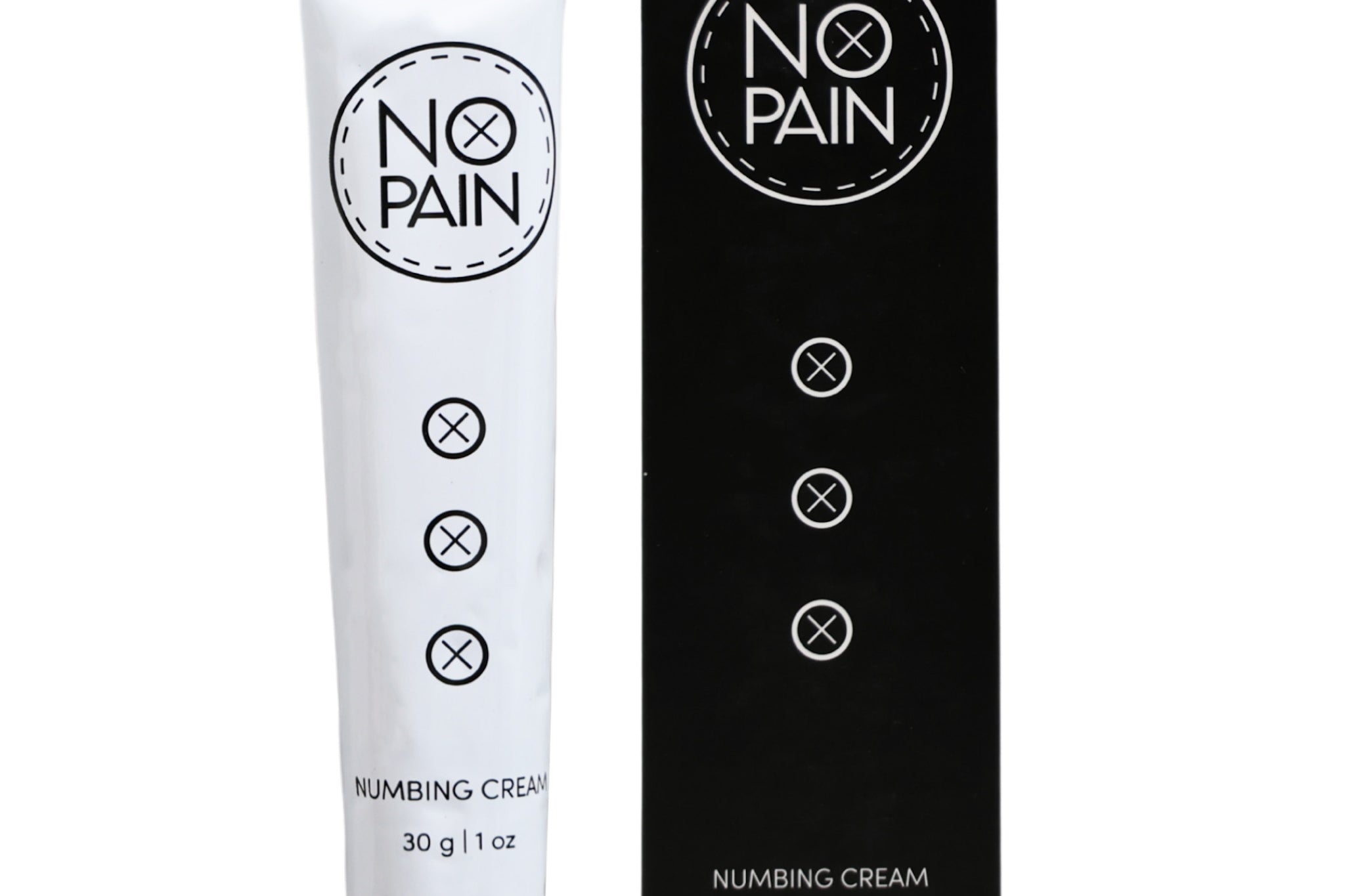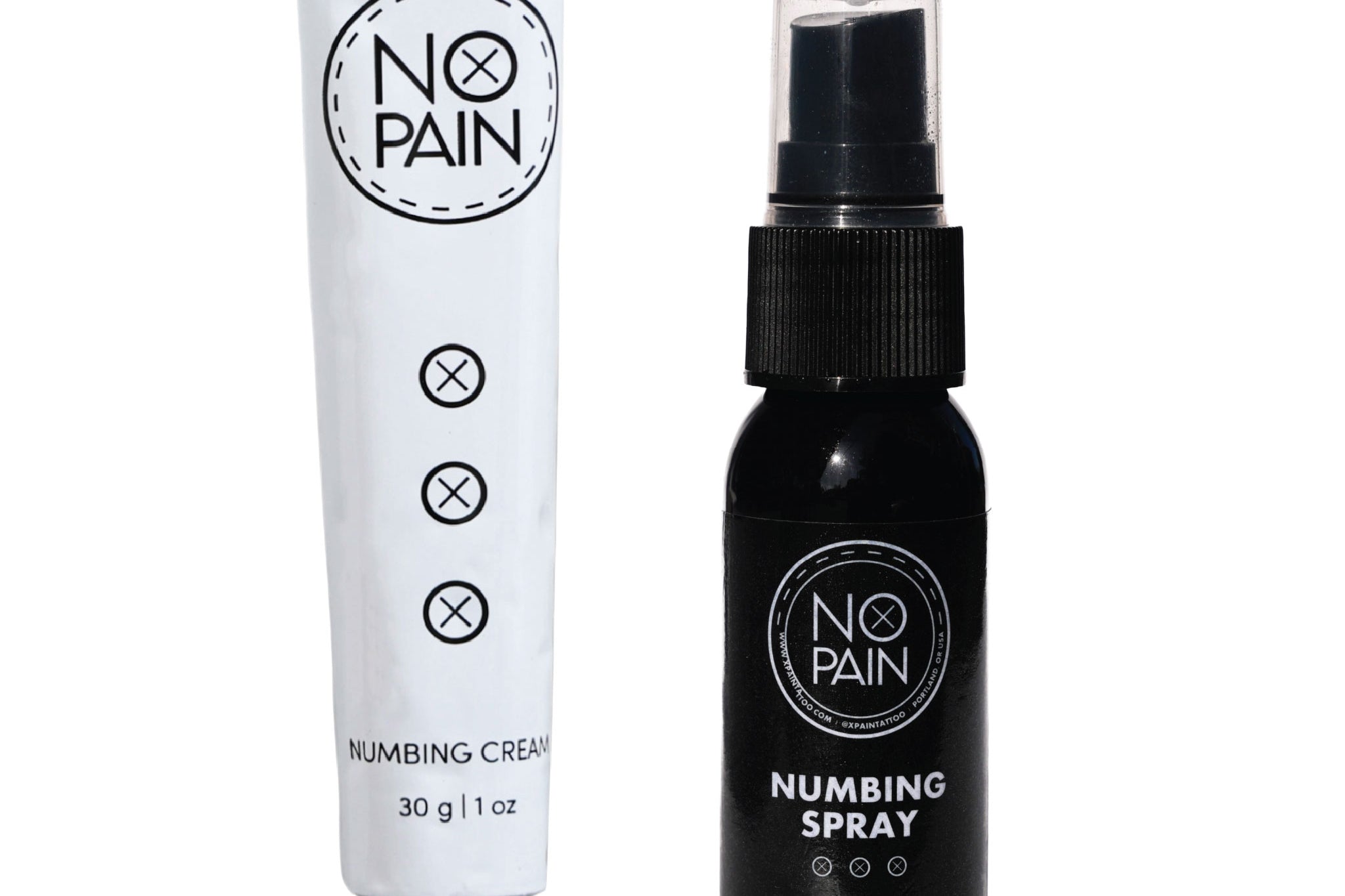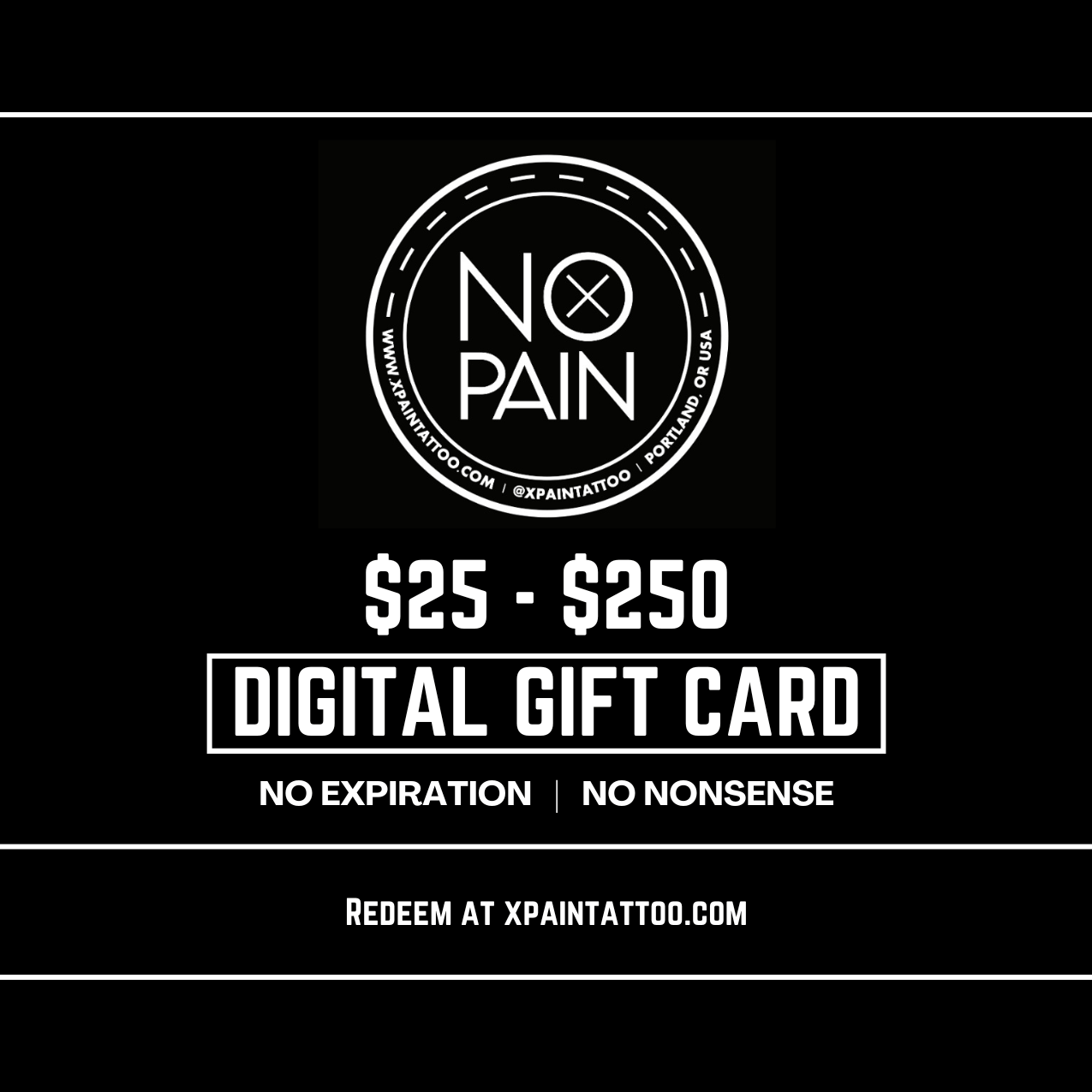Let's talk about a placement that's rapidly growing in popularity but is still surrounded by a bit of mystery and a lot of giggles: the butt tattoo. Whether it's a large, statement floral piece, symmetrical designs on each side, or a more intimate "tramp stamp" revival, the buttocks offer a large and unique canvas.
But as soon as you start considering it, the big, slightly awkward question comes up: "How much does a butt tattoo actually hurt?"
You might be surprised by the answer. The assumption is that because it's a fleshy area, it must be easy. The truth is much more complex. The butt is a large area with dramatically different zones, ranging from surprisingly manageable to intensely painful. This is your surprisingly honest guide to butt tattoo pain.

A typical day for @tysonarndt owner of @bigtimetattoopdx.
Anatomy of Butt Pain: A Tale of Muscle vs. Bone
The pain level on your butt is a story of contrasts.
-
The Gluteus Maximus: The main "cheeks" of your buttocks are made up of the largest muscle in your body. This provides an incredible amount of natural padding, which acts as a fantastic shock absorber for the tattoo needle.
-
The Bony Landmarks: The story changes completely where the flesh gives way to bone. The very top of the area meets your tailbone (sacrum) and lower spine, while the sides meet your hip bones. These bony areas are extremely sensitive.
-
The Sensitive Crease: The "under-butt" area where your buttock meets your thigh (the gluteal fold) is a crease of thin, sensitive skin with high friction, making it another challenging spot.
The Butt Tattoo Pain Map
Let's break it down zone by zone on a pain scale of 1 to 10.
The Main Fleshy Part (The "Cheeks")
-
Pain Level: 2-4/10
-
The Surprise: This is the big surprise for most people. The main, fleshy part of the butt is one of the least painful places on the entire body to get tattooed. The massive gluteal muscle provides so much padding that the pain is often described as a very dull, low-level scratching sensation.
The Top of the Butt (Near the Tailbone / Lower Back)
-
Pain Level: 8-9/10
-
The moment the needle moves off the muscle and onto the bony area of your sacrum or lower spine, the pain becomes sharp, vibrating, and intense. This is a high-pain zone.
The "Under-Butt" (Gluteal Fold)
-
Pain Level: 7-8/10
-
The crease under the buttock is a spot with thin, sensitive skin that's in a high-friction area. The pain here is sharp and biting for most people.
The Outer Sides (Where it meets the Hips)
-
Pain Level: 7-9/10
-
As the tattoo wraps around your side and starts to hit your hip bone, the pain level will increase dramatically, changing from a dull ache to a sharp, bony pain.

Finished piece by @tysonarndt from his flash 2024.
Your Survival Guide for a Large Butt Tattoo
If you're planning a large piece that will cover multiple zones, you'll be dealing with a rollercoaster of pain sensations. Staying still as the artist moves from a 3/10 spot to a 9/10 spot can be very difficult.
This is where a solid pain management plan is key to a comfortable session and a great result.
-
Our No Pain Tattoo Numbing Cream is the perfect tool to even out the pain map. By applying it as directed 90 minutes before your session, you can numb the entire area—the easy parts and the painful parts. This turns a jarring and unpredictable session into a consistently comfortable one, allowing you to relax and your artist to focus on creating flawless art.
-
Healing is a challenge. You'll be sitting on your new tattoo, and the friction from pants can be intense. A perfect aftercare routine with our No Pain Tattoo Aftercare Bundle is crucial to prevent irritation and ensure a smooth heal.
The Verdict: How much does a butt tattoo hurt? The answer is: it depends entirely on where you mean. The fleshy "cheeks" are surprisingly one of the easiest tattoo experiences you can have, while the surrounding bony areas are intensely painful. Don't be afraid to embrace this amazing canvas. With the right artist and the right preparation, you can get a stunning piece of art with surprising comfort.





